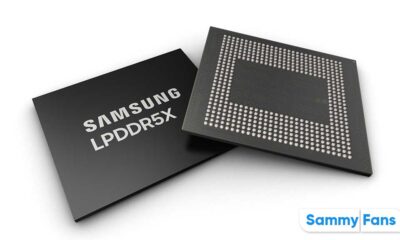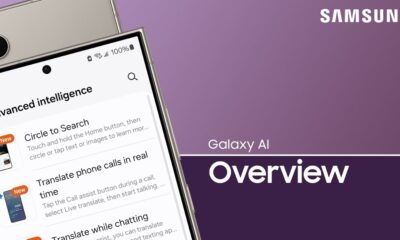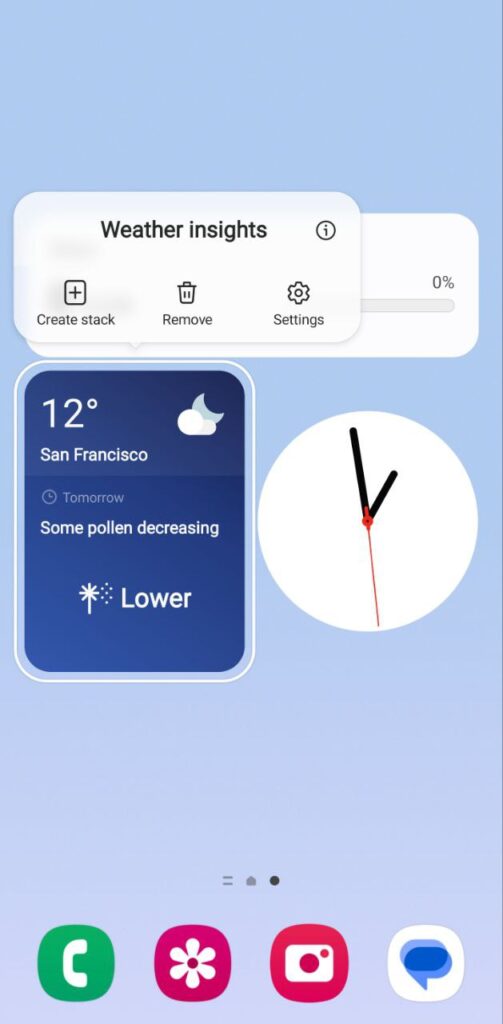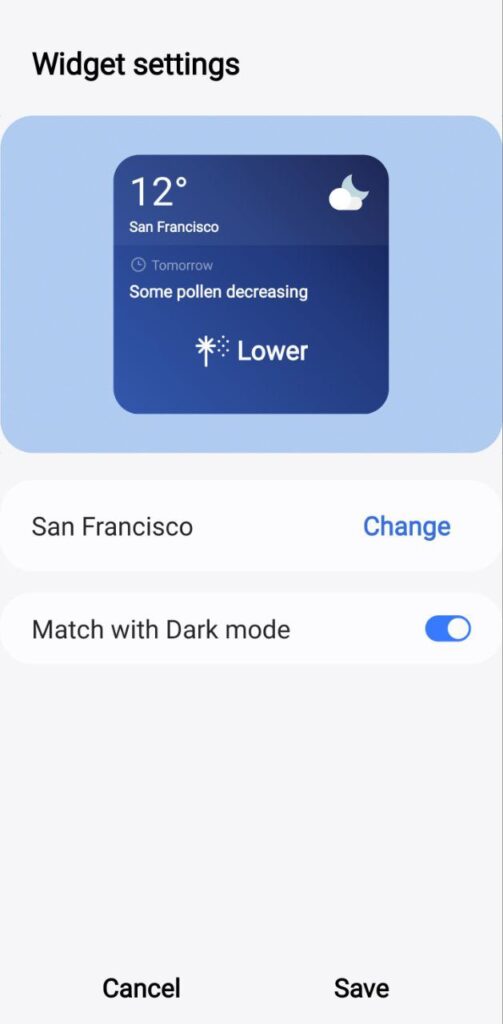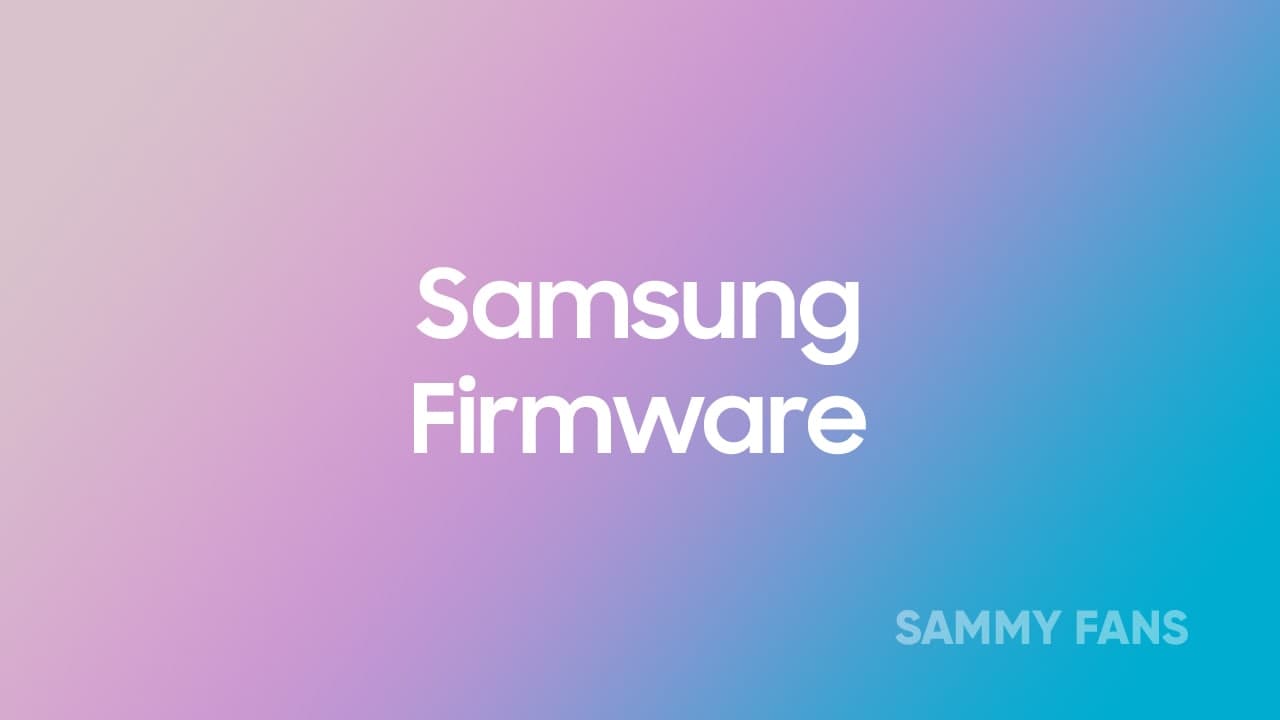
How to download firmware for your Samsung Galaxy devices [Step by Step Guide]
Before installing the update manually on your Samsung device using Odin, you’ll need to download the firmware (update package). Also, there are many ways to download firmware for your Galaxy device.
In this article, we will show you the top three sources from where you can download the firmware package required for the Samsung Galaxy device step by step.
Sources used to download firmware:
- SamFirm
- SamFW
- SamMobile
Related:
- Samsung One UI 4.0: Latest News, Eligible Devices, Features and Release Date
- Samsung Android 12 One UI 4.0 Update Status
Downloading the firmware files with SamFirm
This is the first and a reliable source from where you can download the update files. Follow the steps below to download firmware using SamFirm:
Requirements:
- A Windows PC
- SamFirm application
- Microsoft Visual C++ 2008 Redistributable Package(X86) or
- Microsoft Visual C++ 2010 Redistributable Package(X86)
- High-speed internet connection for faster download
You’ll need to download the below-mentioned plug-ins that are required to download the SamFirm application:
- Microsoft Visual C++ 2008 Redistributable Package(X86)
- Microsoft Visual C++ 2010 Redistributable Package(X86)
- Now download the latest version of SamFirm from here.
- After the download completes, extract the files on your PC.
There is one more thing that you need to know before downloading the update that is ‘CSC code’. To do this:
- Download Phone Info Samsung from Google Play Store.
- This app will help you find your active CSC value, which will be required further.
- To know this, open the downloaded app and go to the CSC code tab.
- There will be an option that will show an active CSC code, note this code.
How to use SamFirm to download the Update Package:
Open SamFirm Application
- When you open the application, you’ll see the following interface, and here are all the important sections that you’ll require but first check the auto-update section.
Model: In this section, you’ll enter the model number of your device
Region: In the region section, you need to enter the CSC value that we have generated above from the Phone Info Samsung app.
- After filling in the above-mentioned information, click on ‘Check Update’. This will find the latest update available for your Galaxy device.
- Once you got the update file, click on Download and select the file location on your PC.

Downloading update using SamFW:
If you are having trouble downloading the package using the above mentioned procedure then you can go for this one. This process is quite simple as there is no software you need to install.
Follow these steps to download the firmware:
- Open SamFW on your PC from here
- After the website loads, there will be a search bar that asks you about the model number of your device
- Enter the model number or device name for which you need to download the update
- It will then show the firmware packages for different regions – now select your country
- Select your firmware package
- Now go to the latest package
- When you click on the package you’ll see information such as update size, CSC code, android version, build date, etc
- Check once that all the information you have selected is correct
- Now moving on, you’ll see three options for downloading the update
- Click on the appropriate option and it will start downloading
Download Firmware using SamMobile:
The third and the last option from where you can download the update is through SamMobile. Though, it provides firmware at free of cost but you’ll to upgrade to premium to get higher download speed.
- Go to the firmware archive section of SamMobile
- Enter your model name/number, then it will show the list of all the firmware and the regions.
- You can select the latest update file based on your country.
- Then download the file on your PC.
- After the download is complete extract the file on your PC

One UI 6.0
How to bring One UI 6 Weather Insight Widget to your Galaxy’s Home screen
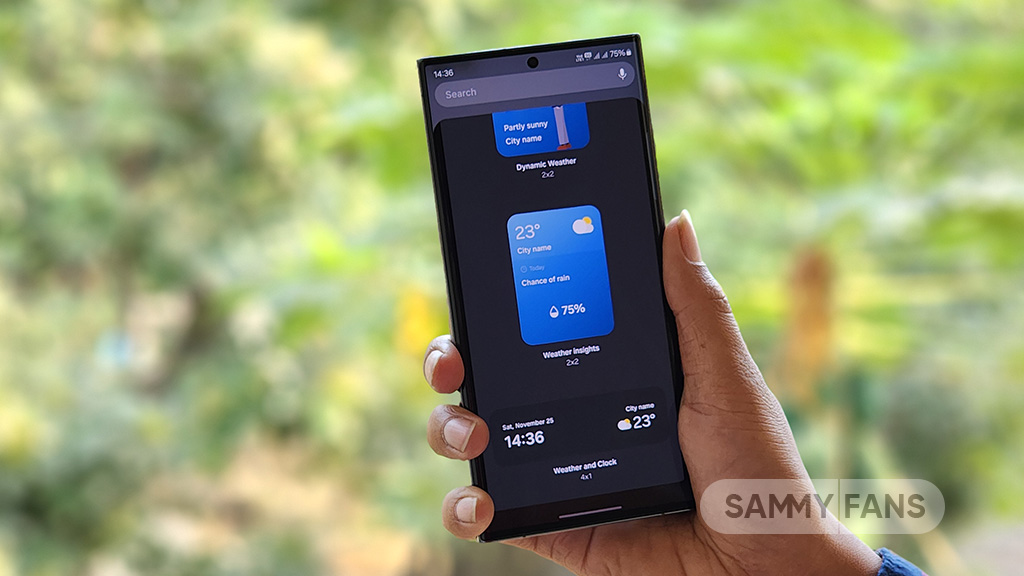
Samsung One UI 6.0 brings a lot of new features and improvements to the Galaxy devices. One of the most useful features is the Weather Insight Widget, which provides a comprehensive overview of the local weather conditions.
The Weather Insight Widget shows the current temperature, humidity, air quality, UV index, and wind speed, as well as the forecast for the next 24 hours and 7 days.
It also alerts the user of any upcoming severe weather, such as storms, snowfall, rain, or heat waves. The widget helps the user stay well-informed and prepared for weather changes.
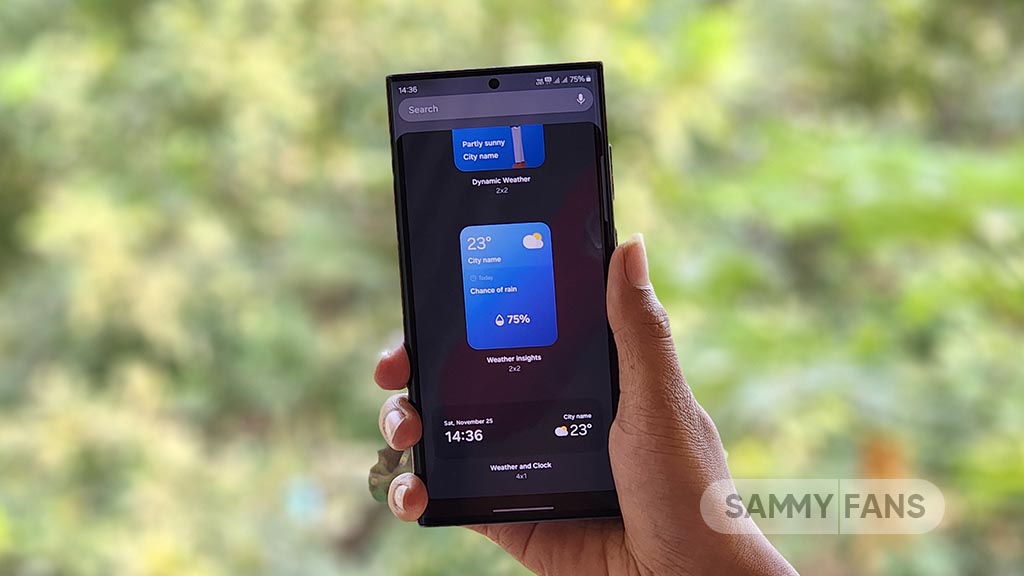
You can easily add the Weather Insight Widget to the home screen of the Galaxy device. Here are the steps to follow:
- Tap and hold the blank space on the home screen until the options menu appears.
- Click on the Widgets.
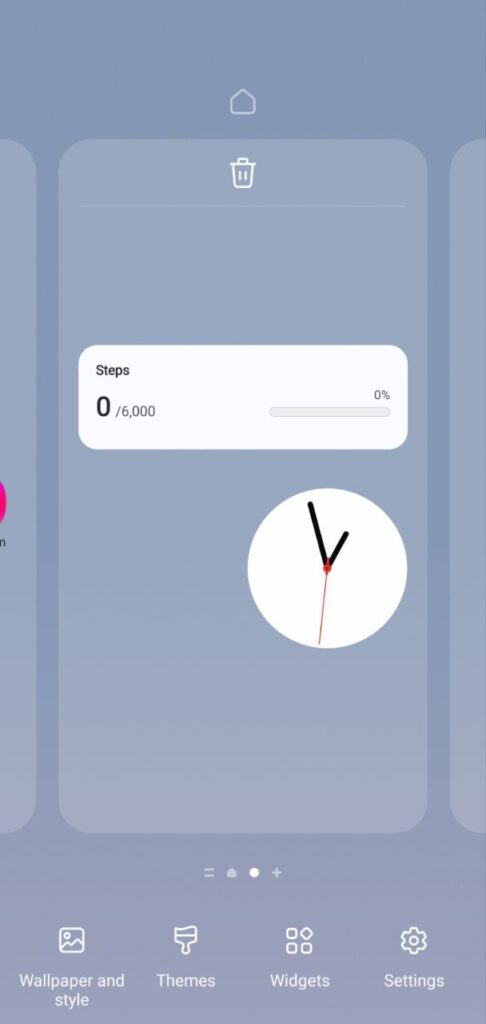
- Scroll down to find Samsung Weather.
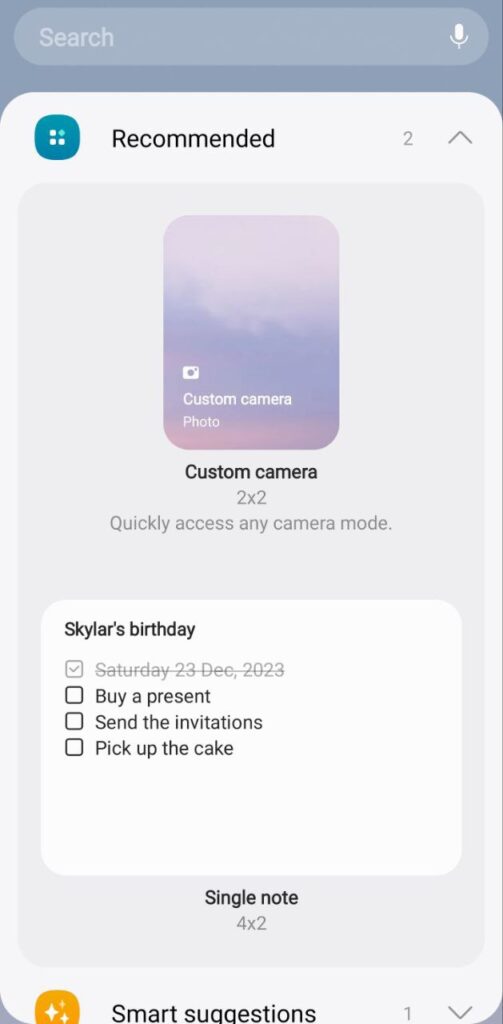
- Press the Weather option.

- Tap on the Insight from the list of widgets.

- Click on the Add option.
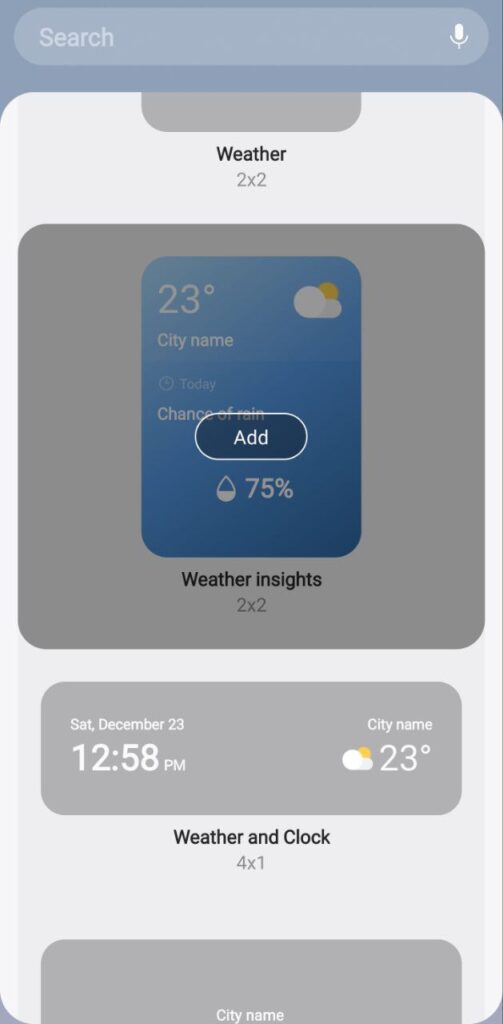
Now, you can drag and drop the widget to the desired location on the home screen and resize it if needed. Once the widget is added, the user can edit it by tapping on the settings icon on the top right corner of the widget. The user can also access more details and tips by tapping on the widget itself.
9 Amazing One UI 6.0 features you should try on your Samsung Galaxy device
Tips and Tricks
Mastering Smartphone Screen Issues: DIY Hacks with Samsung’s Digital Service Center

What if your smartphone’s touchscreen isn’t working properly, and you can’t manage the time to visit a service center? Don’t worry, you can effortlessly ensure optimal device health and get personalized support right at your fingertips by using Samsung’s Digital Service Center.
Here are DIY hacks that would ensure smooth functioning of your smartphone’s screen:
Screen doesn’t detect single-finger touches
- It’s possible that ‘TalkBack’ feature might be on. To disable ‘TalkBack’, tap on the settings icon once to select, followed by a double tap to open it.
- Scroll down and open ‘Accessibility’ and go to ‘Installed Apps’. Double tap on ‘TalkBack’ and then tap once on the on and off switch at the top right.
- Tap on ‘Turn off,’ and the ‘TalkBack’ feature will be disabled. You can also turn off ‘TalkBack’ using Bixby by simply pressing and holding the Bixby button and saying “Turn off TalkBack”.
Display’s touch sensitivity is too low
- Any attachment to the screen may affect the touch sensitivity of the device. But the touch sensitivity can be easily changed by following a series of simple steps.
- Navigate to ‘Setting’ and select ‘Display’. Scroll down to find the option for ‘Touch Sensitivity’ and toggle it on.
- If the touch sensitivity issue persists, try removing your phone’s screen guard and retesting your phone.
Screen doesn’t detect S-Pen input
- Any third-party accessories with a magnetic component, such as a phone cover, can affect S Pen recognition.
- To fix this, remove the accessory and install a Samsung-authorized cover, and try again.
- For optimal S Pen performance, avoid exposure to magnetic objects.
Tips and Tricks
Download One UI 5.1.1 Always On Display with new clock styles
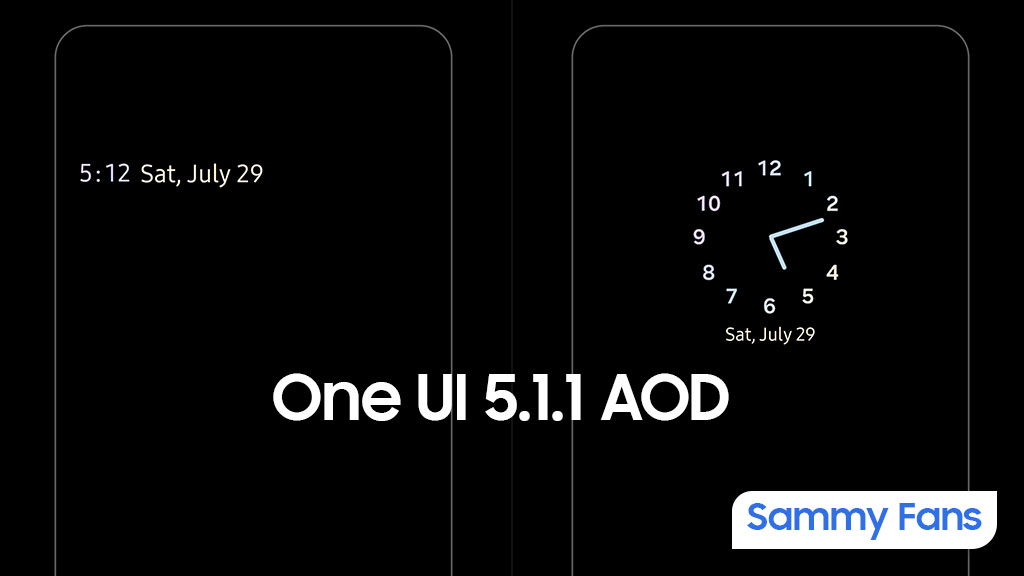
Samsung’s latest foldable smartphones come preinstalled with One UI 5.1.1. This new software comes with improved animations, some new useful features, and usability improvements. In addition, the One UI 5.1.1 brings a new Always On Display Clock Style and revamps one, which is available for download.
One UI 5.1.1 enhances the circular dial Always On Display clock, bringing the same-sized clock numbers. Besides, it adds a new clock style, which is in a horizontal arrangement and showcases time and date along with the day. The latest version of the Always On Display app brings new clock styles to One UI 5.1 phones.
Using the download link, you can download the APK file of the Always On Display app version 8.3.25.8 via mega.nz (via tarunvats33). Hopefully, Samsung will bring the new additions to Galaxy users with future update to the One UI’s AOD app.
- Always On Display v8.3.25.8 — Download [mega]

Follow our socials:









